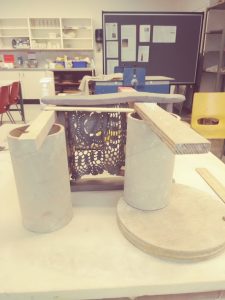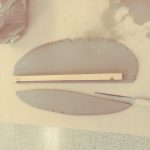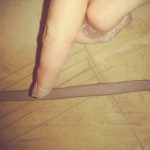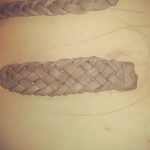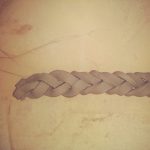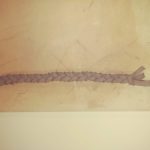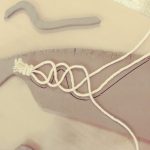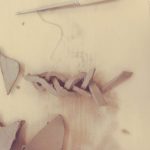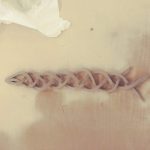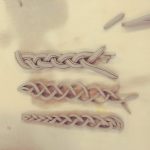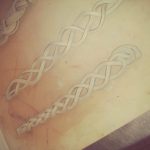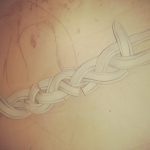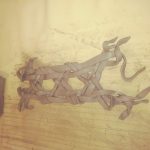Finishing pieces is always a lot of fun.
I accumulated pieces throughout the year and fired and glazed and fired again all at the same time. Doing it this way meant that I had a full kiln and that I could consider different approaches for each piece with the previous treatments fresh in my mind.
For my woven pieces, I painted on a layer of superior glaze, each in its own solid pastel colour, to avoid distracting from the details of the weave. I was really pleased with how the glaze softened the edges. Everything looked really rough before they were finished. One of them didn’t make it. Oopsy!
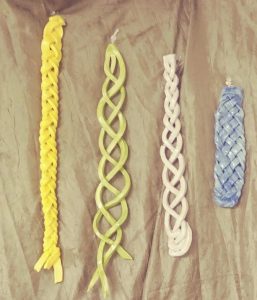
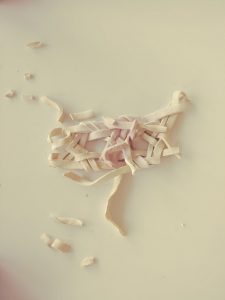
I wanted a natural look for Not a Window. I left the curtain alone because I thought the raw finish was more reminiscent of cotton. I painted and sponged brown underglazes onto the frame. I wanted to make it look like wood, but it turned out a little paler than I had hoped. I guess I could add more glaze next time.
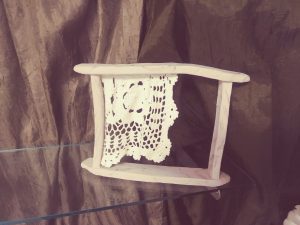
In finishing Disparate Parts, the goal was to draw attention to the split form, to the relationship between the edges, and to the way the string interacted with the ceramic background. I chose to glaze the bodies in white superior glaze and to finish the edges and holes in black.
 It was a real balancing act to arrange all the piece in the kiln. Some needed support, and some needed to be poised on stilts so the glaze didn’t adhere to the shelf. I couldn’t see what I was doing so I used my cell phone as a periscope.
It was a real balancing act to arrange all the piece in the kiln. Some needed support, and some needed to be poised on stilts so the glaze didn’t adhere to the shelf. I couldn’t see what I was doing so I used my cell phone as a periscope.

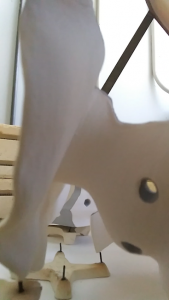
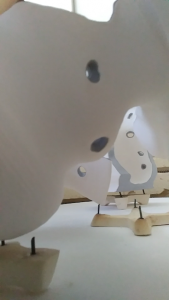
I went with a minimalist finish for Next Step, and printed black superior glaze onto the raw bisque surface. I used a doily to make the prints.

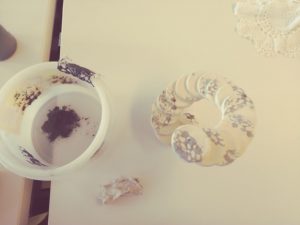
Growth Mindset was kind of a free for all. I went with greens, yellows, blacks and browns because it was about growth. I poured the glaze onto it straight from the jars. Then I spread the glaze that had puddled in the crevices around with my fingers. Next, I tried to emphasize surfaces and edges, or even implied lines by painting on bright and dark lines.

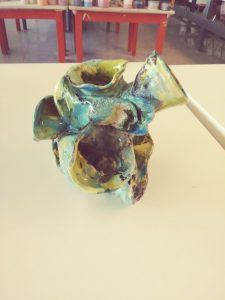
It turned out so well, I don’t think I can break it now.
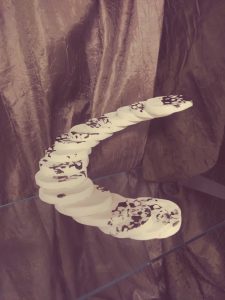
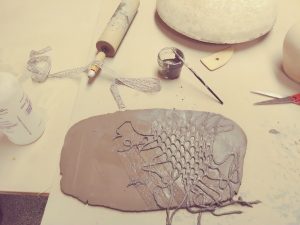
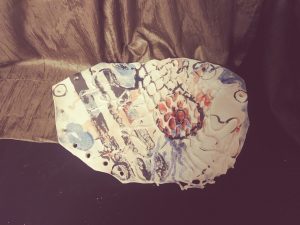


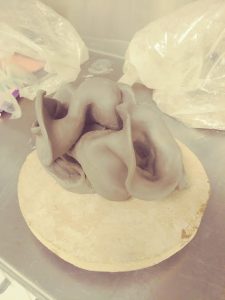
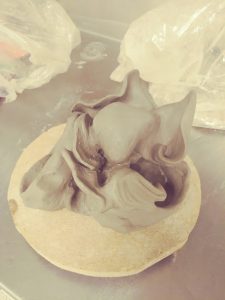
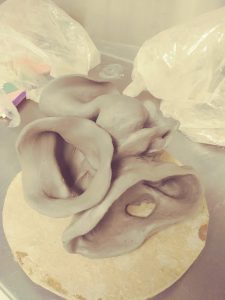

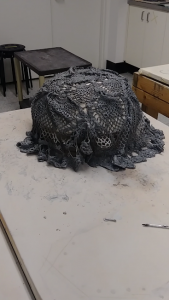

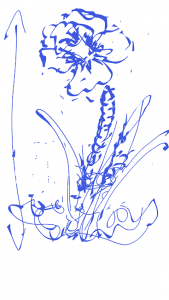


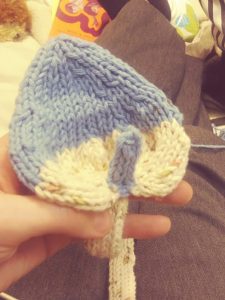
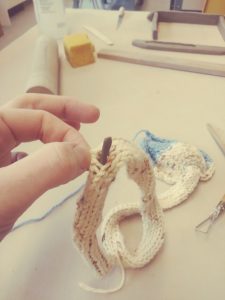
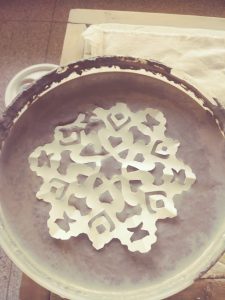


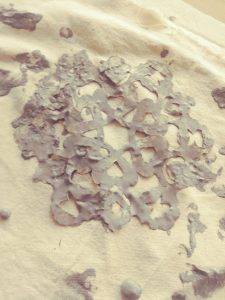
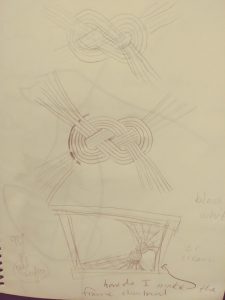

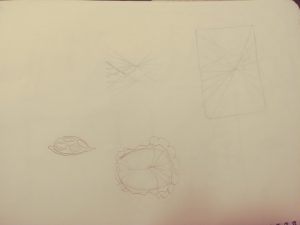
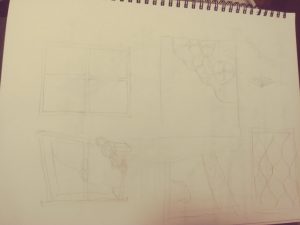

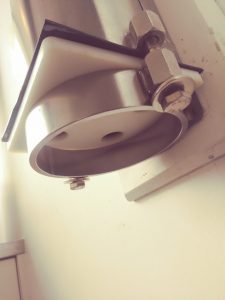
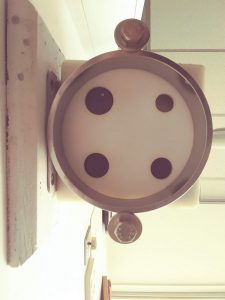


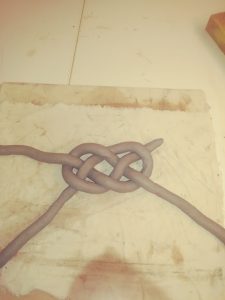

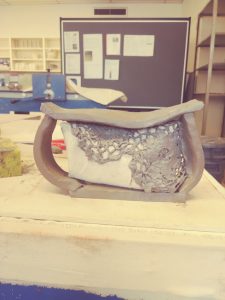 For my second try, I allowed the frame much more time to stiffen up. I also supported it while it dried.
For my second try, I allowed the frame much more time to stiffen up. I also supported it while it dried.